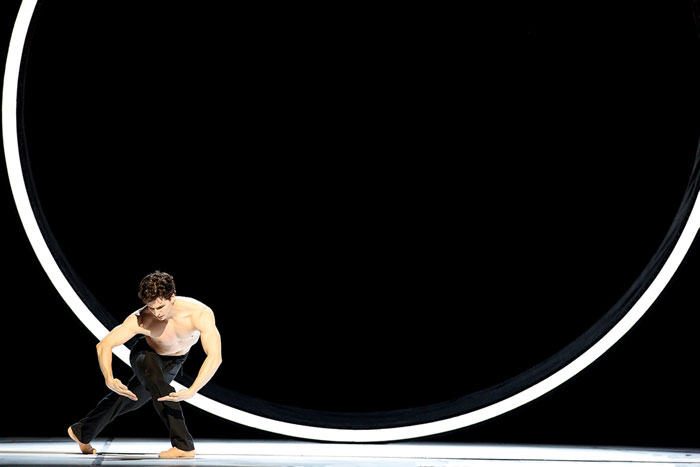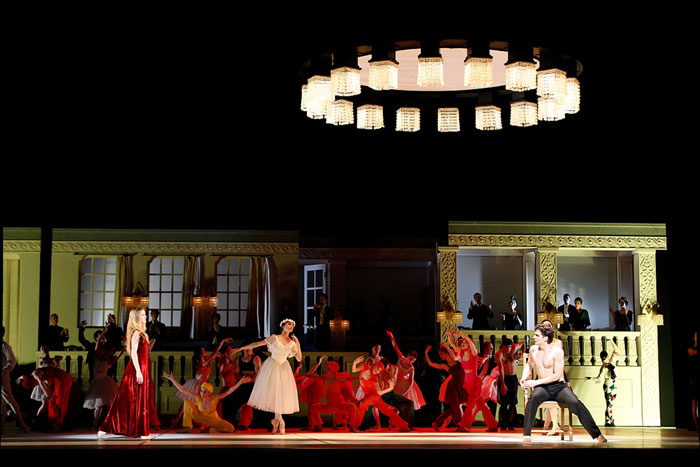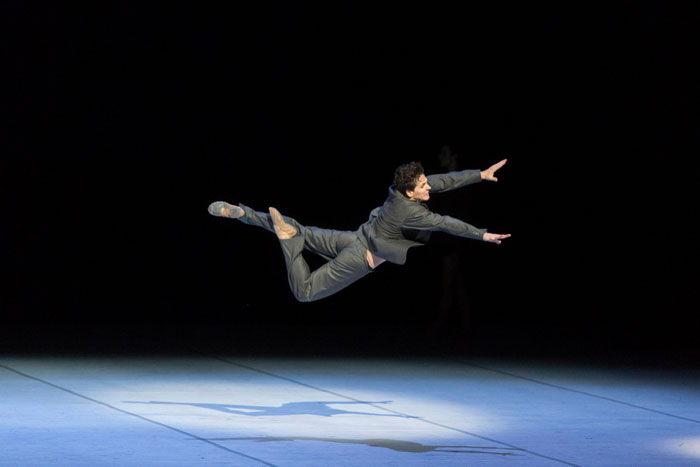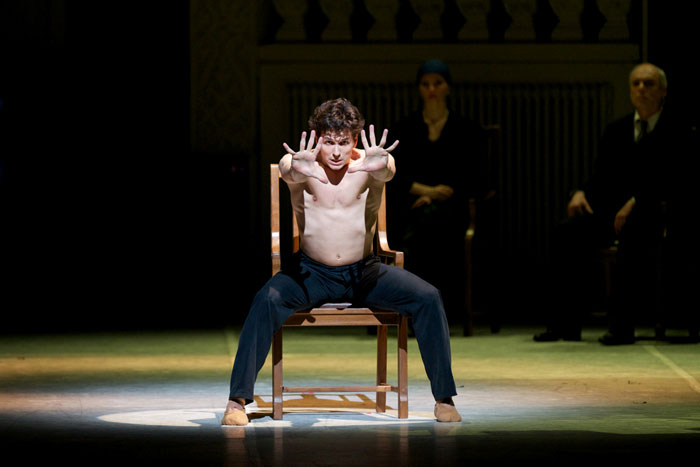
Vaslav Nijinsky was one of the greatest – and most fascinating – dancers that the world has known, and this coming week, San Francisco Ballet hosts the National Ballet of Canada in a series of performances of John Neumeier’s memorable and haunting portrayal of this complex artist’s tragic descent into insanity.
American dancer, choreographer and director, John Neumeier is Director and Chief Choreographer of The Hamburg Ballet, a role he has held since 1973. He founded the Hamburg Ballet School, became Ballet Director of the Hamburg State Opera in 1996, and during his career he has guested with some of the world’s major ballet companies. He is also a world authority on the life and work of Vaslav Nijinsky.
Neumeier has spent years studying Nijinsky, collecting books, photographs, memorabilia, costumes, absorbing every piece of information possible, and even interviewing Nijinsky’s widow, Romola. He now has what’s regarded as the most extensive private collection on the dancer in existence.
Nijinsky’s dancing life was tragically short. From his first appearances as one of the stars of Sergei Diaghilev’s Ballets Russes in Paris in 1910, he stunned audiences with his physical capabilities, his incredible technique, and his mesmerizing style of presentation, and he rapidly rose to become an international sensation in ballets such as Petruskha, La Spectre de la rose and Scheherazade. Within a couple of years, his first choreographic achievement – the surprisingly erotic L’Aprés-midi d’un faune – shocked the world of ballet. His ballet Jeux was regarded as decidedly unusual, and his Sacre du Printemps – set to a controversial score by Igor Stravinsky – caused a riot at its premiere in Paris in 1913. By the time his interpretation of Til Eulenspiegel went public in 1916, the schizophrenia, which was ultimately to destroy Nijinsky’s career, was already becoming apparent.

The choreographic genius, riveting stage presence, and sheer brilliance of Nijinsky as a dancer are well documented, as is his role in changing the previously held perceptions of the physical and artistic capabilities of the male dancer, but it’s when you read the words of his wife, Romola, or of the creator of this work, John Neumeier, that the depths of his character can truly be comprehended.
Nijinsky’s last public performance took place in 1919, in the ballroom of the Suvretta House Hotel in the Swiss resort of St Moritz, and it’s this occasion which Neumeier uses to open his ballet – a recreation of the thoughts, memories and hallucinations which he envisages might have been going through the dancer’s mind in what he knew would be his final performance. He focuses on important situations and events in Nijinsky’s life – his childhood, the Mariinsky Theatre, his career with the Ballets Russes, his roles in Les Sylphides, Scheherazade, La Spectre de la rose – those whose presence had influenced him as a person and as an artist – his family, Diaghilev, his wife – and the tumult of the times through which he lived – the era of the First World War. All these, in Neumeier’s interpretation, pass through the mind of Nijinsky, and his response to each of them forms the synopsis of the ballet.

Neumeier not only created and choreographed this homage to Vaslav Nijinsky, he designed the sets and costumes – based partly on original sketches by Léon Bakst and Alexandre Benois – as well as the lighting. The score is taken from works by Chopin, Robert Schumann, Nikolai Rimsky-Korsakov and Dmitri Shostakovich.
The ballet was given its world premiere by The Hamburg Ballet, in Hamburg, on July 2nd, 2000. It was premiered by the National Ballet of Canada on March 2nd, 2013, on which occasion it was described by onsortoupas.fr as “Sublime … truly breath-taking”, and “A triumph of dramatic intensity” by the Toronto Star.

Eight years after Nijinsky’s death in April 1950, Romola wrote a postscript to the biography of her husband (which was first published in 1933), briefly chronicling the years of his illness – what she refers to as “Thirty-one years of martyrdom for Nijinsky” – her own suffering, and the lengths to which she went to get help for him. In his final years, she says, he seemed to have overcome the violence and rebellion which his illness had caused, and was “kind, docile and affectionate”, leaving his family, friends and physicians with the impression that “he in his silent tender manner, had given us a splendid uplift, a great lesson of faith”. Poignantly, the postscript, dated 1958, was written in San Francisco.
The National Ballet of Canada presents Neumeier’s Nijinsky at the War Memorial Opera House from April 3rd to 8th. For more information and tickets, visit the San Francisco Ballet website.
Information sourced from:
National Ballet of Canada program notes by Michael Crabb
Nijinsky, an autobiography by his wife, Romola Nijinsky
